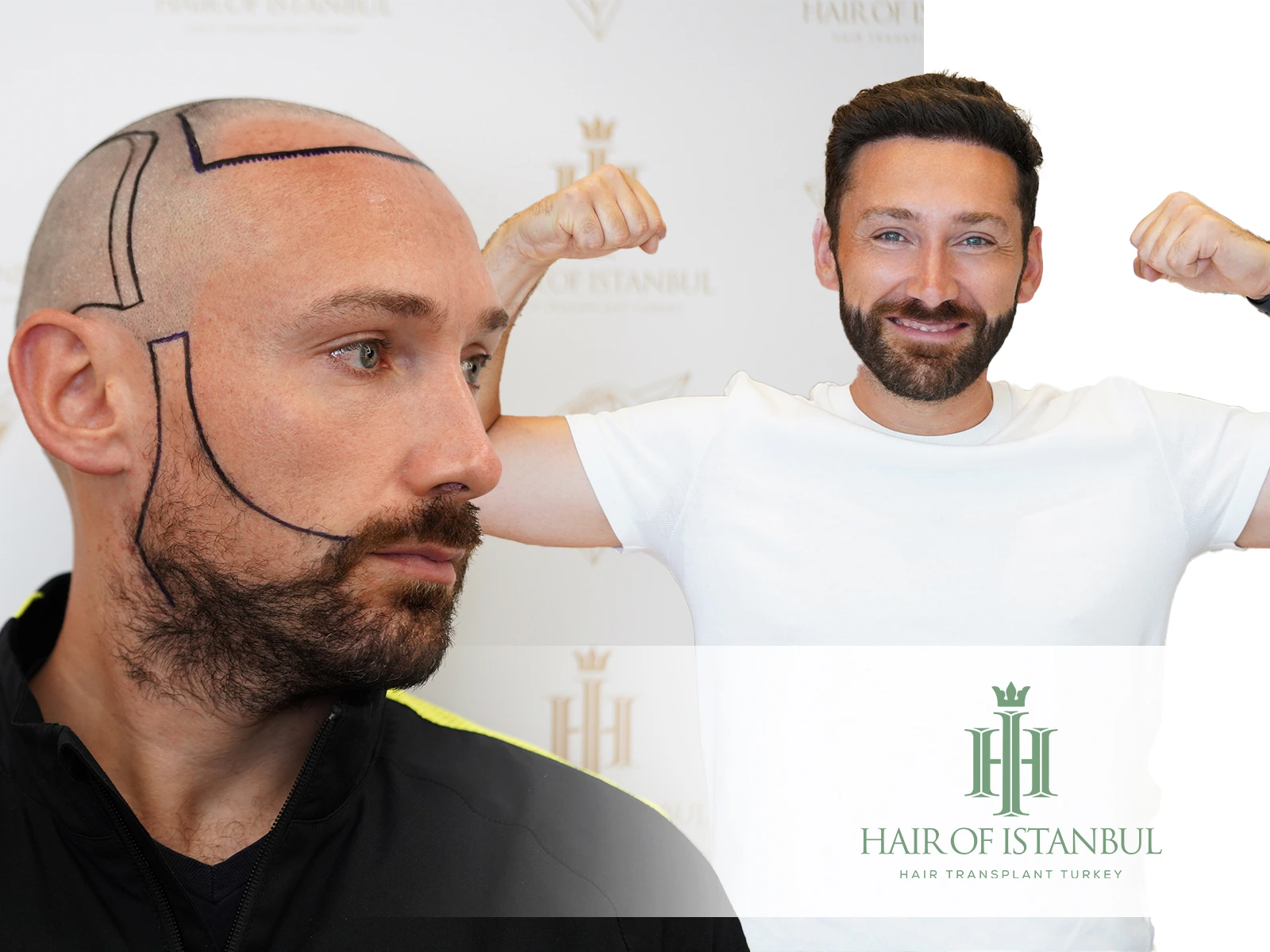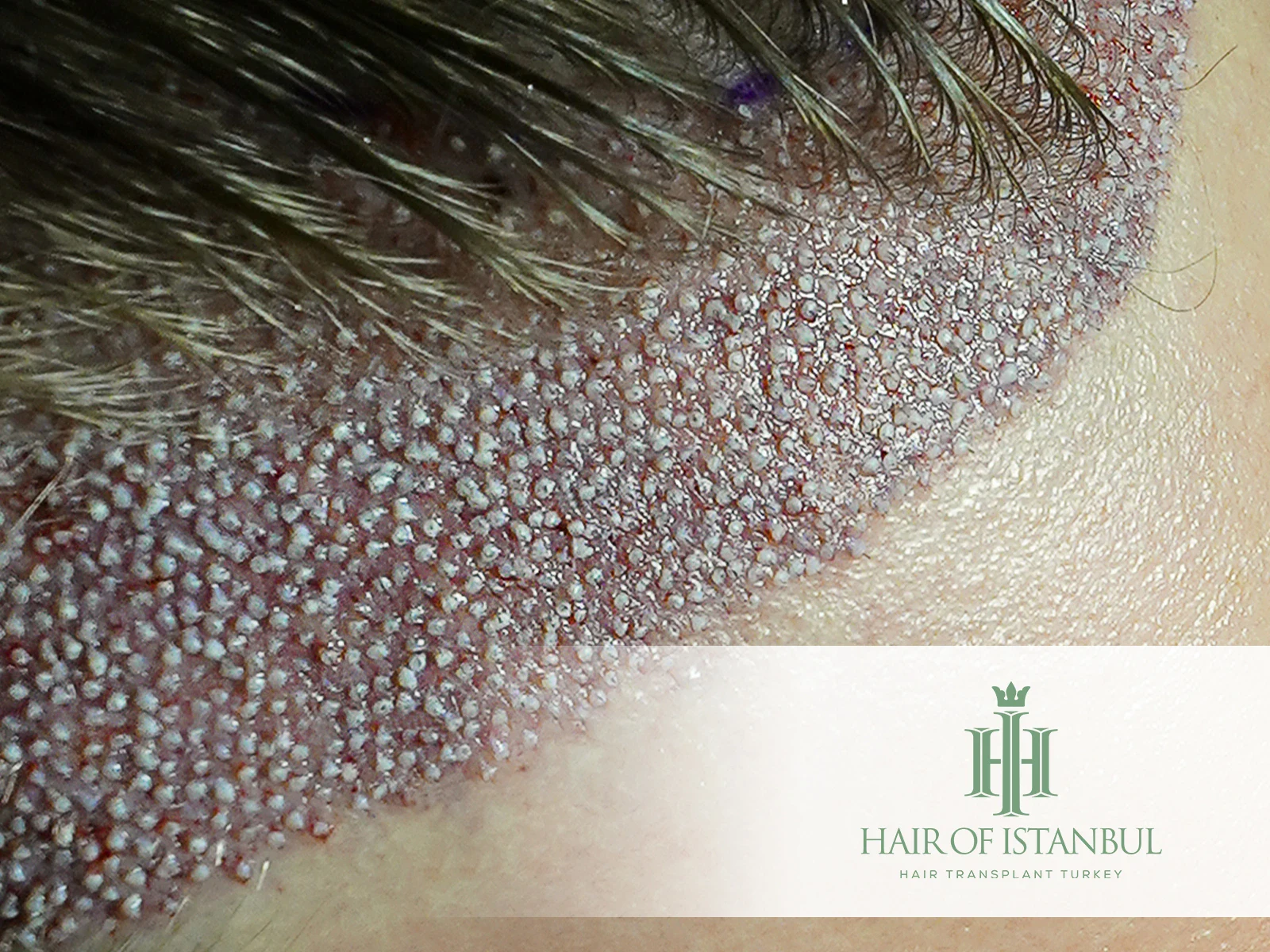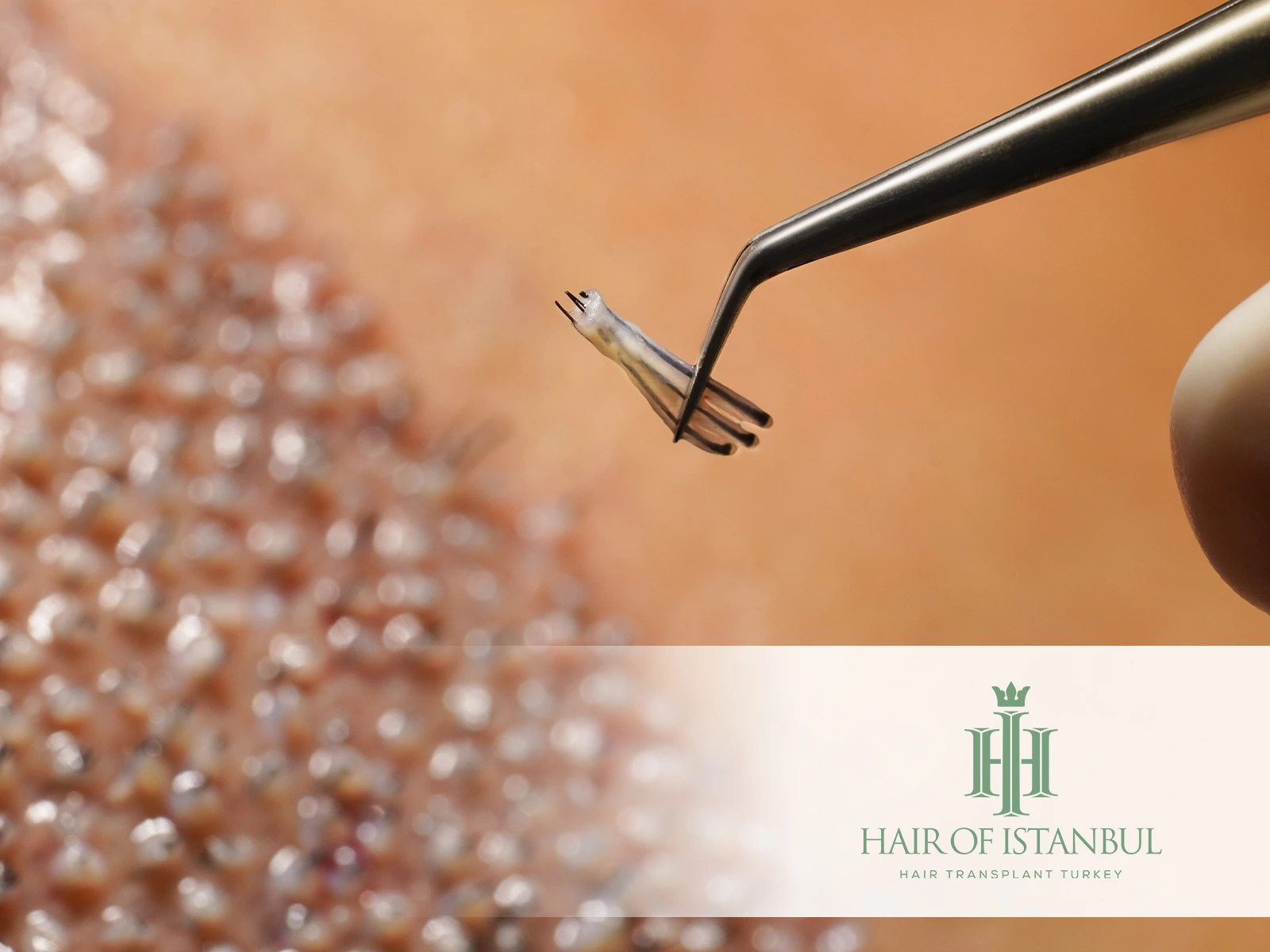Norwood Scale: Which Stage of Hair Loss Are You In Now?
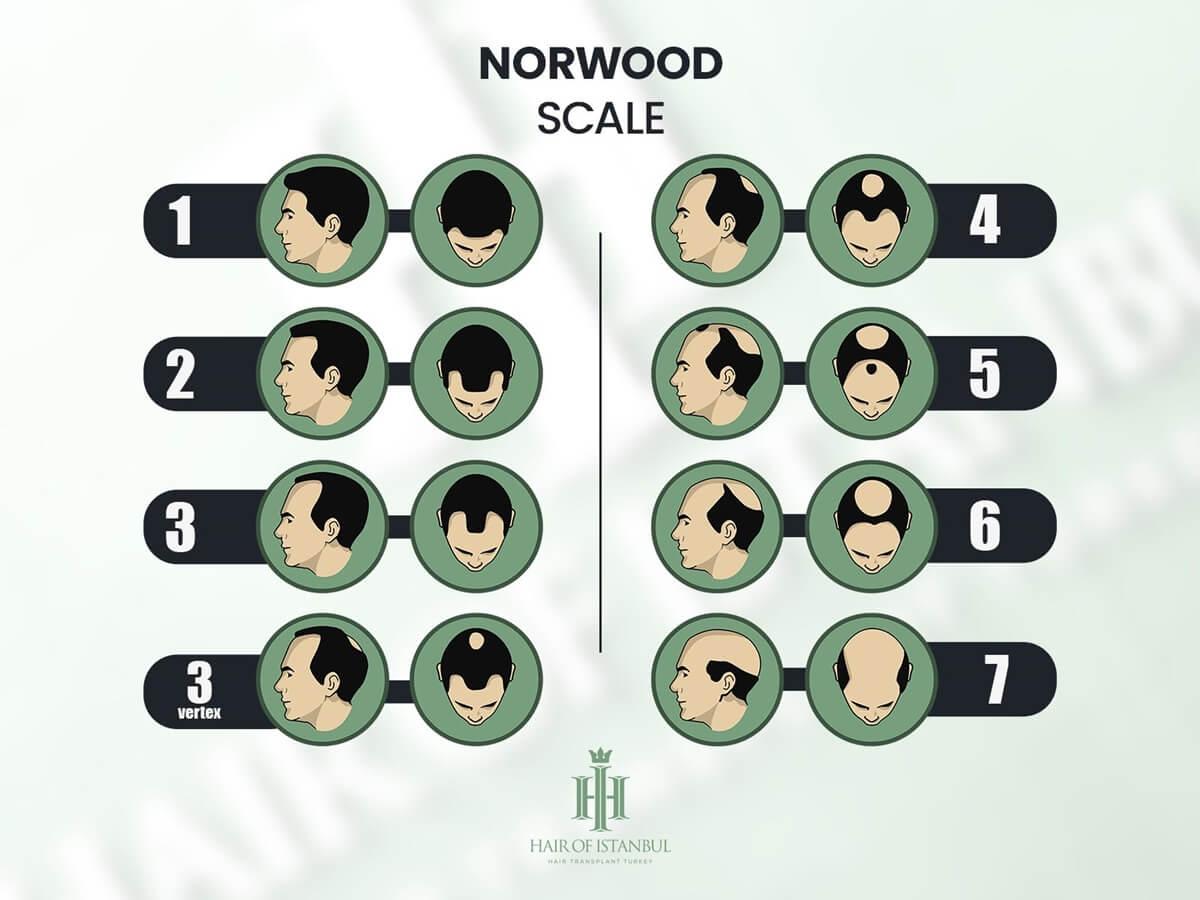
The Norwood Scale isn’t just for doctors. It matters to anyone who has ever paused at the mirror and wondered if something is changing. Maybe your hairline looks unfamiliar. Or you’ve noticed more scalp showing than before. That small shift can quietly raise big questions.
You try not to overthink it. Still, there’s a part of you that wants clarity. Not for appearance alone but for peace of mind. Because when you feel uncertain about your hair, it can start to affect how you show up in your daily life.
You’re not alone. And the good news is that you don’t have to stay in the dark. The next step might be simpler than you think. Keep reading to see how the stages are broken down and what they might mean for you.
What is the Norwood Scale?
The Norwood Scale is a classification system for male pattern baldness. It helps identify how advanced the hair loss is and where it is happening on the scalp.
The scale was introduced by Dr. O’Tar Norwood in 1975. He expanded on an earlier system created by Dr. James Hamilton in the 1950s. Today, the Norwood Scale is widely used by doctors and hair restoration specialists around the world. [1]
There are seven stages on the Norwood Scale. Each stage reflects a different pattern of hair recession or thinning. These patterns typically begin at the temples or the crown. Over time, they may expand and eventually connect.
The Norwood Scale does not predict how quickly hair loss will progress. But it gives a clear picture of what stage someone is in. This can help guide treatment decisions like medications or hair transplants.
While the scale is not used to diagnose a medical condition, it is a helpful visual guide. It allows both patients and doctors to track changes over time and discuss realistic options.
The 7 Stages of the Norwood Scale
Understanding which stage you’re in can help you make informed decisions about treatment options. Below is a clear breakdown of each stage, from minimal recession to advanced hair loss, to help you identify where you might fall on the scale.

Stage 1: Full Hair Density with No Recession
At this initial stage, there is no significant hair loss or recession of the hairline. The hair appears full, and the hairline remains intact.
Stage 2: Mild Temporal Recession Starts to Show
During this stage, a slight recession of the hairline around the temples becomes noticeable. This is often referred to as a mature hairline and is common in adult men. [2]
Stage 3: Noticeable M-Shaped Hairline Recession
Hair loss becomes more apparent in this stage, with the hairline receding deeper at both temples, forming an M, U, or V shape. These recessed areas may be bare or sparsely covered with hair.
Stage 3 (Vertex): Early Crown Thinning Alongside Frontal Loss
Early Crown Thinning Alongside Frontal Loss
In this variation, the hairline remains at Stage 3, but significant hair loss occurs on the top of the scalp (the vertex).
Stage 4: Receding Front with Isolated Crown Bald Spot
This stage shows more severe recession at the front hairline and a sparse or absent hair area on the vertex. A band of hair separates these two balding regions, connecting to the hair on the sides of the scalp. [3]
Stage 5: Enlarged Crown and Thinner Bridge Between Zones
The hair loss areas at the front and crown enlarge, and the band of hair between them becomes narrower and sparser.
Stage 6: Merged Bald Areas with Only Side Hair Remaining
At this stage, the balding areas at the temples and vertex join together, and the band of hair across the top of the head is gone or sparse.
Stage 7: Complete Baldness Except for a Thin Fringe
This is the most severe stage of hair loss, where only a band of hair remains around the sides and back of the head. This remaining hair is usually not dense and may be fine.
Also Read: Numbness After Hair Transplant: Is It Permanent or Temporary?
FAQ
Is Norwood 2 considered balding?
Not exactly. Norwood 2 usually means a mature hairline with slight recession at the temples. It’s not considered true balding, but it can be an early sign of future hair loss.
Is Norwood 3 too late for treatment?
No, it’s not too late. Norwood 3 is often when hair loss becomes more visible, but many treatments are still effective at this stage.
Can balding stop at Norwood 3?
Yes, in some cases. Hair loss can stabilize at Norwood 3, especially with treatment or due to genetics. But for many people, it slowly progresses over time.
Is Norwood 4 considered severe?
Yes, Norwood 4 is considered a stage of significant hair loss. Both the front hairline and crown are clearly affected. Treatment is still possible, but hair restoration may require more planning.
Is a hair transplant possible at Norwood 7?
Yes, but it depends on the donor area. A transplant is possible, though coverage and density may be limited compared to earlier stages.
Also Read: Tips to Reduce Swelling After Hair Transplant: Expert Advice
How Many Grafts Are Needed for Each Norwood Stage?
Wondering how many grafts you might need based on your Norwood stage? The table below provides estimated graft ranges for each stage to help you get a clearer idea.
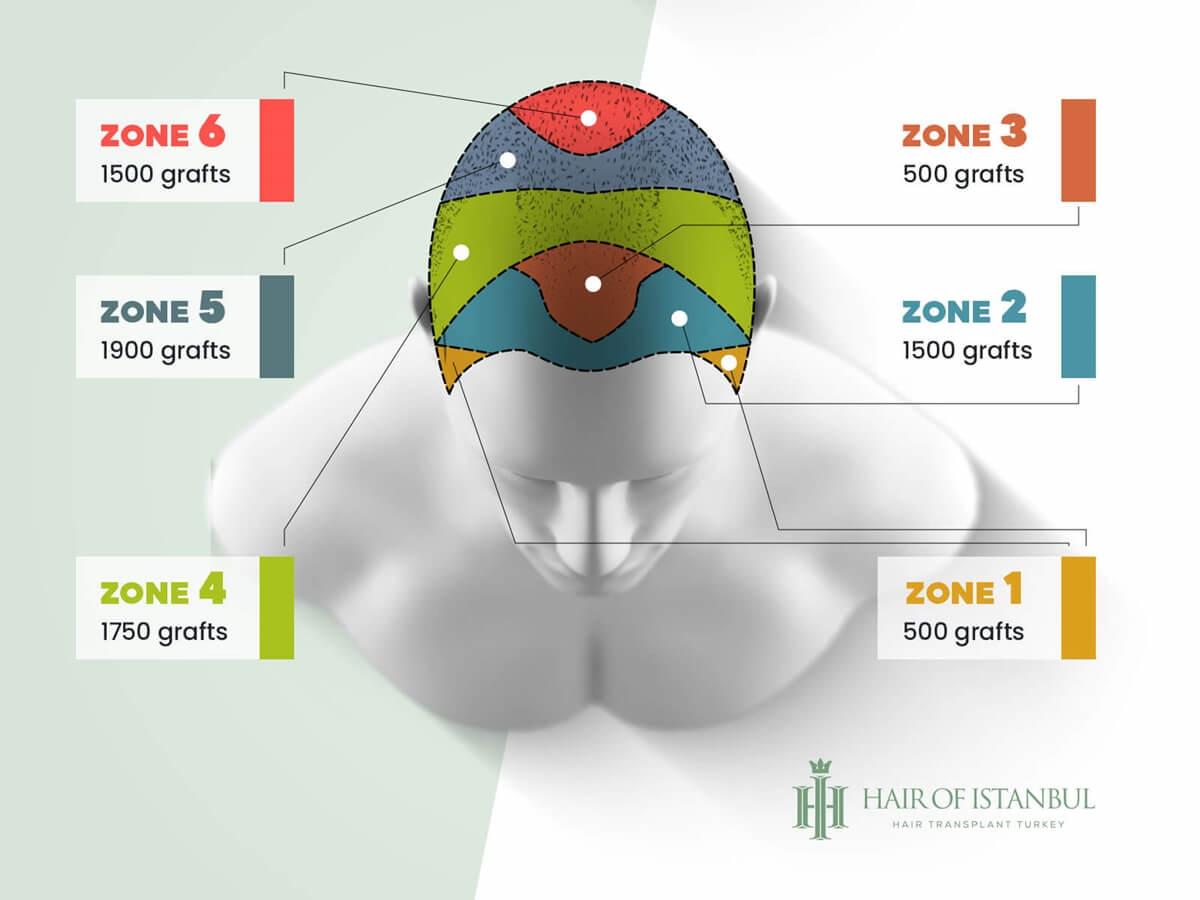
| Norwood Stage | Estimated Graft Range |
| Stage 1: | 0 |
| Stage 2: | 500 – 1000 |
| Stage 3: | 2000 – 2500 |
| Stage 3 (Vertex): | 2500 – 3000 |
| Stage 4: | 3500 – 4500 |
| Stage 5: | 5000 – 6500 |
| Stage 6: | 6000 – 7000 |
| Stage 7: | 6500 – 8000 |
Note: These graft numbers are approximate ranges. The actual number of grafts needed may vary depending on the desired hair density and the availability of grafts in the donor area.
CONCLUSION
Understanding where you fall on the Norwood Scale is an important first step. It gives you clarity and helps guide the right treatment plan.
At Hair of Istanbul, we approach each case with precision and care. Alongside my colleagues, I work closely with every patient to design solutions that match their stage and expectations. Our team is highly experienced in addressing all levels of hair loss using the most effective and up-to-date techniques.
For each stage of the Norwood Scale, we offer tailored treatment options to ensure natural and lasting results. If you are looking for personalized care and proven expertise, our clinic is here to help you move forward with confidence.
References:
- [1] WebMD Editorial Contributors & Stephanie S. Gardner, MD, Jul 20, 2023 – What Is the Norwood Scale? – https://www.webmd.com/skin-problems-and-treatments/hair-loss/what-is-the-norwood-scale
- [2] Jon Johnson, Cynthia Cobb, DNP, APRN, WHNP-BC, FAANP, Mar 13, 2023 – What to know about the Norwood scale and male pattern baldness – https://www.medicalnewstoday.com/articles/327001
- [3] Corinne O’Keefe Osborn, Cynthia Cobb, DNP, APRN, WHNP-BC, FAANP, Sep 18, 2018 – What Is the Norwood Scale? – https://www.healthline.com/health/norwood-scale


